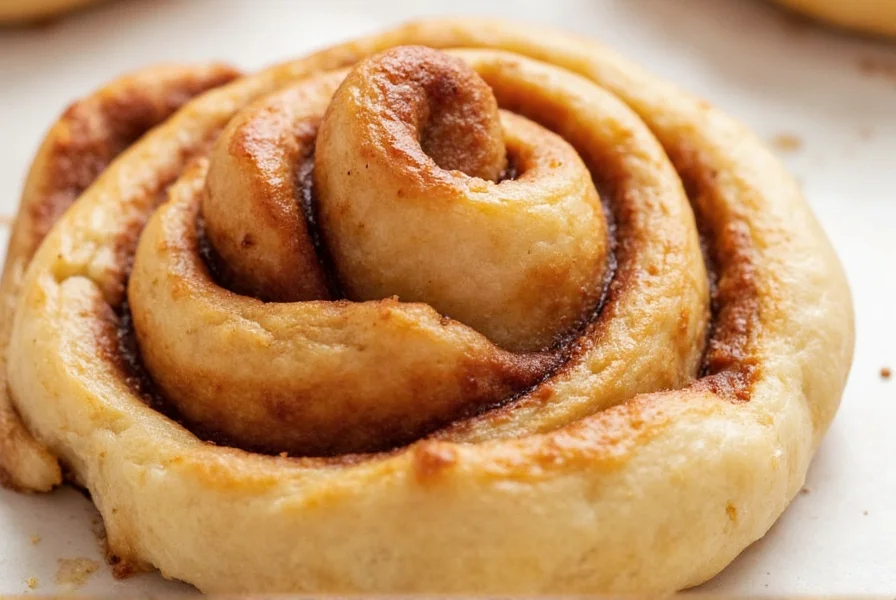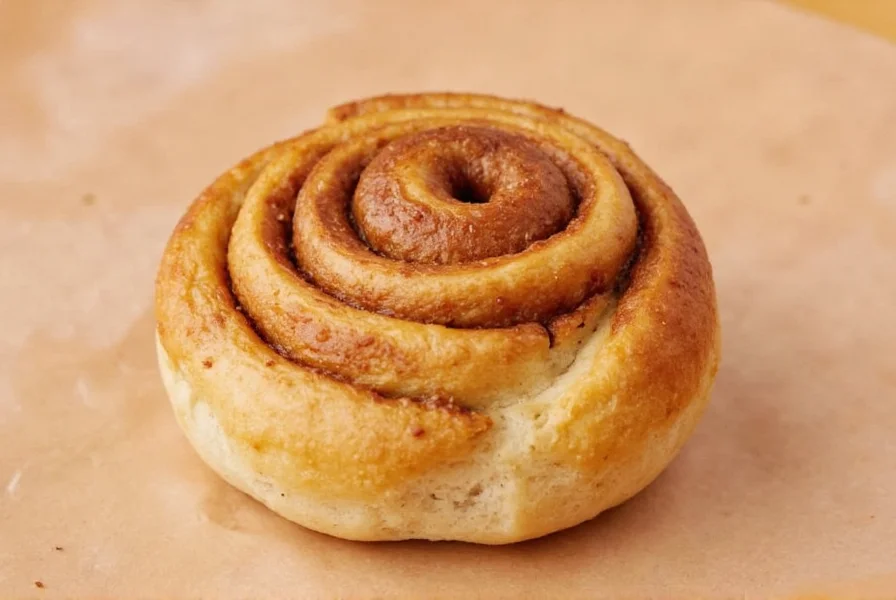For bakers seeking perfectly tender cinnamon rolls that maintain their delicate texture far longer than traditional recipes, the tangzhong method offers a scientifically proven solution. This technique, which involves creating a pre-cooked flour and liquid mixture before incorporating it into your dough, fundamentally changes the starch structure to retain moisture. Unlike conventional cinnamon roll recipes that often dry out within hours, tangzhong-enhanced rolls stay pillowy soft for up to five days while developing richer flavor through proper starch gelatinization.
The Science Behind Tangzhong for Cinnamon Rolls
The magic of tangzhong lies in starch gelatinization—a process where flour starches absorb liquid and swell when heated to specific temperatures (around 140-150°F or 60-65°C). When you create the tangzhong roux (typically 1 part flour to 5 parts liquid by weight), you're essentially pre-cooking approximately 5-10% of your total flour. This pre-gelatinized starch can then absorb up to four times its weight in additional liquid during mixing.
This scientific approach creates several advantages specifically beneficial for cinnamon rolls:
- Extended shelf life—rolls maintain softness for 3-5 days instead of becoming stale within hours
- Improved moisture retention—the gel structure traps water molecules that would otherwise evaporate
- Better texture development—creates a more uniform crumb structure without compromising rise
- Enhanced flavor absorption—the moist environment allows cinnamon and sugar to distribute more evenly
| Characteristic | Traditional Cinnamon Rolls | Tangzhong Cinnamon Rolls |
|---|---|---|
| Texture after 24 hours | Dry, slightly tough | Still soft and tender |
| Moisture retention | 60-70% | 85-90% |
| Optimal eating window | 0-12 hours | 0-72 hours |
| Dough handling | Firmer, less elastic | Softer, more extensible |
Perfecting Your Tangzhong Cinnamon Rolls Recipe
While the tangzhong method requires one additional step, the payoff in texture and shelf life makes it worthwhile for serious bakers. The key is maintaining precise ratios and temperatures to achieve optimal starch gelatinization without overcooking your roux.
Essential Tangzhong Preparation
For a standard batch of 12 cinnamon rolls, create your tangzhong with:
- 30g bread flour
- 150g whole milk (or water for dairy-free)
Whisk these together in a small saucepan over medium heat until the mixture reaches 149°F (65°C) and thickens to a paste-like consistency—about 2-3 minutes. Immediately transfer to a bowl, cover with plastic wrap touching the surface to prevent a skin, and cool to room temperature before using. This precise temperature is critical for maximum water absorption without breaking down the starch structure.
Complete Tangzhong Cinnamon Rolls Method
Once your tangzhong has cooled, incorporate it into your enriched dough along with:
- 450g bread flour (reserve 50g for adjustments)
- 75g granulated sugar
- 7g instant yeast
- 10g salt
- 1 large egg, room temperature
- 60g unsalted butter, softened
Mix until the dough becomes smooth and elastic (about 8-10 minutes in a stand mixer). The tangzhong will make the dough appear initially wetter than traditional recipes, but resist adding excess flour—this extra moisture is precisely what creates the superior texture. Allow the dough to rise until doubled (approximately 1.5 hours at 75°F/24°C).
Rolling and Filling Technique
When preparing your cinnamon filling, use a mixture of:
- 100g brown sugar
- 25g cinnamon
- 60g softened butter
Spread this evenly over your rolled dough, leaving a small border. The moisture-retaining properties of tangzhong mean you can be generous with your filling without worrying about the rolls becoming soggy during baking. Roll tightly and cut into 12 equal portions using dental floss for clean slices.

Troubleshooting Common Tangzhong Cinnamon Roll Issues
Even with this improved method, bakers sometimes encounter challenges. Understanding these solutions will help perfect your technique:
Dough Too Sticky After Adding Tangzhong
This is normal and actually desirable. The extra moisture is what creates the soft texture. Resist adding more flour—instead, allow the dough to rest for 10 minutes before continuing mixing. The flour will fully hydrate during this rest period.
Rolls Spreading Too Much During Proofing
If your rolls spread outward rather than rising upward, your dough temperature is likely too warm. Maintain a proofing environment of 75-78°F (24-26°C). The tangzhong method makes dough more extensible, so precise temperature control becomes even more critical.
Underdeveloped Flavor Despite Perfect Texture
While tangzhong improves texture, flavor development requires proper fermentation. Try extending your first rise to 2 hours at a slightly cooler temperature (72°F/22°C) to allow more complex flavors to develop without compromising the dough structure.
Storage and Serving Recommendations
The true advantage of tangzhong cinnamon rolls becomes apparent in storage. To maximize freshness:
- Store cooled rolls in an airtight container at room temperature for up to 5 days
- Reheat individual rolls by microwaving for 15-20 seconds after placing a damp paper towel over them
- For longer storage, freeze rolls before icing and thaw at room temperature for 2 hours before reheating
Unlike traditional rolls that become unpleasantly chewy when reheated, tangzhong rolls return to their original soft texture with proper reheating techniques. The icing should be applied just before serving for best results, though the rolls themselves maintain quality whether iced or not.











 浙公网安备
33010002000092号
浙公网安备
33010002000092号 浙B2-20120091-4
浙B2-20120091-4